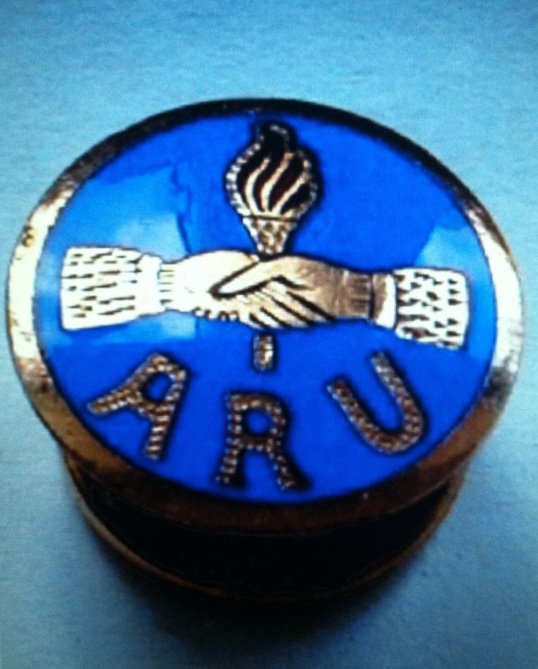June 30, 1918
 Following a series of speeches in which he condemned U.S. involvement in World War I, labor leader Eugene Debs is arrested in Cleveland, Ohio, for violating the Espionage Act with the “intent to interfere with the operation or success of the military or naval forces of the United States.” At his trial, Debs said, “I would oppose war if I stood alone.” He was found guilty and sentenced to ten years in prison.
Following a series of speeches in which he condemned U.S. involvement in World War I, labor leader Eugene Debs is arrested in Cleveland, Ohio, for violating the Espionage Act with the “intent to interfere with the operation or success of the military or naval forces of the United States.” At his trial, Debs said, “I would oppose war if I stood alone.” He was found guilty and sentenced to ten years in prison.








